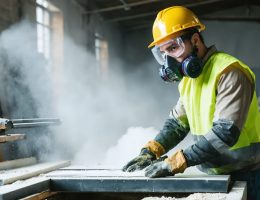When disaster strikes, having a well-documented response plan can mean the difference between rapid recovery and catastrophic loss. Recent data from the Federal Emergency Management Agency (FEMA) reveals that 40% of businesses never reopen after a major disaster, largely due to inadequate emergency preparedness. For stone facilities specifically, the unique challenges of protecting valuable materials and specialized equipment demand a customized approach to disaster planning.
Effective disaster response plans integrate three critical components: comprehensive risk assessment, clearly defined emergency procedures, and regular …










